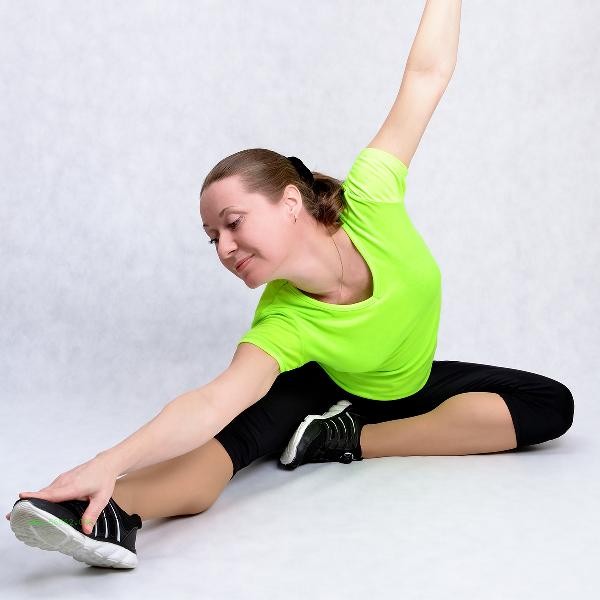Drinking plain water or diluted salt water during exercise is most helpful for weight loss. Sports hydration needs to balance electrolyte balance and zero calorie intake, with main considerations including osmotic pressure matching, mineral supplementation, metabolic efficiency, maintenance of satiety, and temperature regulation.

1. Plain water
Room temperature plain water is the first choice for fitness and weight loss. Its zero calorie characteristic can prevent the calories consumed during exercise from being offset by liquid intake. Water can promote the activity of lipolytic enzymes and accelerate the hydrolysis process of triglycerides. Supplementing 100-150 milliliters every 15 minutes during exercise can maintain cellular metabolic levels, but it is necessary to drink slowly in small sips to avoid increasing the burden on the heart. For moderate to low-intensity training within 60 minutes, simply supplementing with plain water is sufficient to meet the needs.
2. Dilute saline
For high-intensity training lasting more than 1 hour, adding 0.3 grams of salt per 500 milliliters of water can prevent hyponatremia. Sodium ions help maintain neuromuscular excitability and prevent overeating after exercise. But people with hypertension should control their salt concentration, and potassium salts can be used to replace some sodium salts. Supplementing with diluted salt water after exercise can also reduce cortisol secretion and lower the probability of fat synthesis.
3. Lemon water
Fresh lemon juice dilution contains organic acids that can delay the rise of blood sugar after exercise, and vitamin C can reduce oxidative stress damage to muscles. However, acidic environments may stimulate sensitive gastrointestinal mucosa during exercise, and it is recommended to control the concentration below 5%. Aromatic substances such as limonene can also suppress appetite through smell, making it suitable to drink about 200 milliliters 30 minutes before exercising.

4. Mint Tea
Low temperature mint tea increases calorie expenditure by activating TRPM8 cold receptors, and its natural sweetness can reduce cravings for sugary drinks. Intermittent drinking during exercise can lower core body temperature by 0.3-0.5 ℃ and prolong fat burning time. But menthol can slightly inhibit iron absorption, and anemic individuals should avoid drinking it immediately after training.
5. Electrolyte effervescent tablets
Professional sports electrolyte preparations can accurately supplement the lost potassium, magnesium, calcium and other elements in sweat, preventing a decrease in metabolic rate caused by dehydration. Choosing a sugar free formula can avoid insulin fluctuations, and magnesium can also help relieve muscle tension after exercise. But daily low-intensity exercise does not require regular use, and excessive supplementation can actually increase the burden on kidney excretion.

The choice of beverages during fitness should match the intensity and duration of the exercise. For strength training within 60 minutes, plain water should be the main source, and for aerobic exercise exceeding 45 minutes, light salt water can be alternately supplemented. Avoid drinking high calorie liquids such as sugary sports drinks and fruit juice. Supplementing with protein drinks within 2 hours after exercise is more beneficial for muscle repair and basal metabolic rate improvement than simply replenishing water. Special groups such as diabetes patients can choose sugar free electrolyte water after monitoring blood glucose, and patients with gastroesophageal reflux should avoid acidic drinks. Continuously record the ratio of daily water intake to exercise consumption, and control fluid intake at 80-120 milliliters per 100 calories consumed.






Comments (0)
Leave a Comment
No comments yet
Be the first to share your thoughts!